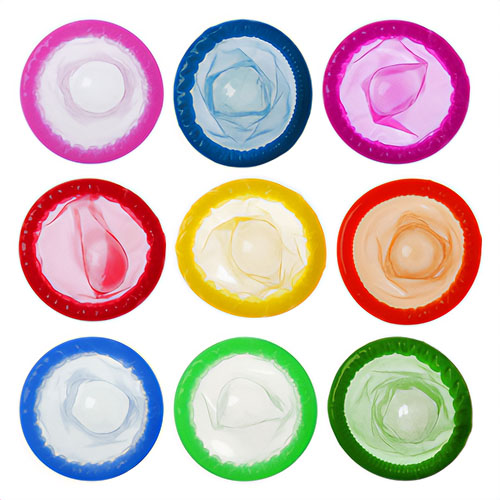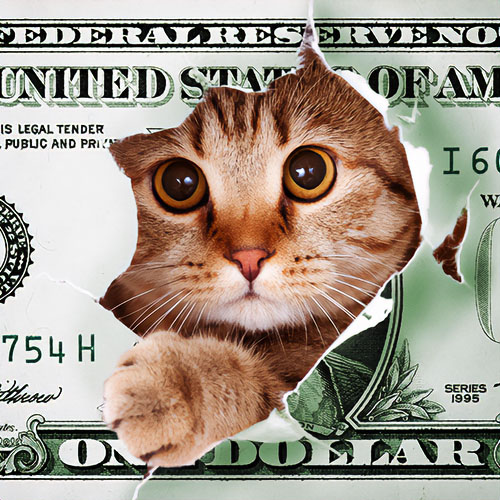These days, "Fair is foul, and foul is fair," pretty much encapsulates our modern political landscape. So that’s scary. A long, long time ago, performance of the line could cause a deadly riot. Can you imagine people resorting to physical violence in the belief that this was the only viable path forward? Also scary, right? “By the pricking of my thumbs, something wicked this way comes”
The Astor Place Riot of 1849
[Consider the political mentality present at Astor Place. We’ll provide perspective.]
America’s testy relationship with Shakespeare is nothing new.
The theater is a great place to make a point. Take, for instance, this past June, when members of the alt-right rushed the stage at New York’s Shakespeare in the Park to protest the title character’s more-than-passing resemblance to President Trump in a production of Julius Caesar.
Part publicity stunt, part narrow-mindedness from people who clearly haven’t seen a lot of theater, the Public Theater protests grabbed headlines. But they were far from unprecedented. In fact, Americans have a testy relationship with Shakespeare that dates back centuries — and compared to the most violent such blow-up in U.S. history, this kerfuffle looks downright adorable.
A grainy video that got retweeted a bunch of times? Okay, how about 10,000 Macbeth fans battling armed militiamen in the streets of lower Manhattan? Welcome to the Astor Place Riot of 1849.
The first thing to know is that in nineteenth-century America, Shakespeare was not an acquired taste. He was beloved by rich and poor alike, and his works were everywhere. Alexis de Tocqueville, touring the country in the 1830s, was shocked to find copies of his plays in the most far-flung frontier cabins. any towns even had hotels and saloons named after the Bard.
Americans loved Shakespeare, but for a young nation trying to carve out its own identity, there was baggage, too. Stateside audiences had grown tired of the usual (read: English) ways of performing the Bard, a cerebral style associated with William Charles Macready, a British actor who was widely acclaimed as the best of his generation. Contrast that with a guy like Edwin Forrest, America’s first homegrown star, who was higher energy and more physical on the stage. Theatergoers across the U.S. argued over who was the better actor, and the argument went well beyond aesthetics: It all fed into the country’s larger divide between wealthy English interests and working-class American ones. Something had to give.
As it happened, both Macready and Forrest were set to perform Macbeth on the same night in May 1849, just a few blocks apart. The trouble started a few days earlier, when hundreds of Forrest supporters infiltrated the audience of the Brit-friendly Astor Place Theatre and booed Macready before he’d even uttered a word. They held up a banner reading, “NO APOLOGIES — IT IS TOO LATE.”
Within minutes the cast was being pelted with eggs, apples, potatoes, bits of wood, coins, vials of medicine, and at least one old shoe. Macready tried to go on with the show anyway — until a rowdy saloon-keeper hurled a chair at him.
Back in his hotel room, the actor was poised to quit and return to England for good, but a letter signed by forty-odd American intellectuals, including Washington Irving and Herman Melville, convinced him to stick around for one final performance at Astor Place.
To ensure the theater’s safety, on the morning of May 10, the mayor assembled 800 policemen, plus volunteer state militia in the form of cavalry, infantry, and light artillery. Sure enough, by the time Macready’s show opened at 7:30 that evening, 10,000 angry New Yorkers had gathered in the streets around the Astor Place. Anti-British protestors started pelting the theater with cobblestones from a nearby construction site; others tried (and failed) to set the building on fire, while the play was still going on inside. Even when the police and militia arrived, at around 9 P.M., the mob held the upper hand. Until, that is, they decided to start shooting. Musket fire filled the air, and then bodies — of protestors and innocent bystanders like — hit the ground. Some were carried into the Astor Place Theatre to safety, where American blood seeped into British velvet benches.
By the time the smoke had cleared, hours later, more than 25 civilians were dead. Upwards of 50 soldiers had been wounded. At least that many citizens, too. Wagons were pulled down Broadway to retrieve bodies from the surrounding shops and benches. All told, it was the bloodiest military event involving civilians the country had seen since the Revolution.
In addition to causing so much death and destruction, the Astor Place Riot ended up further solidifying the class divide in New York, and deepened the emerging gulf in the country between “high” and “low” culture. But the alt-right of today should take note: Even when surrounded by actual gunfire, the show could not be stopped. In fact, one critic wrote that he never saw a better finale of Macbeth than he did from Macready that night.
Hey, “Always leave them wanting more,” lives as the central performance standard, right? Borrowing from a different title, although almost certainly also performed at Astor Place, perhaps the more accurate question, at least as far as everyday life goes, would be, “To see or not to see?” … That tends to be the most common issue we face. You see? … And if you wish to Astor Place Theater these days, apparently you can do that again. You probably should not bring muskets.
By the way, Michael Hingston is a writer based in Edmonton, Alberta. He was our Senior Editor’s kindergarten boyfriend. [Just editorially, he should have stuck with her, as she would eventually be Executive Editor of this publication for a time, and superior person for always.]



















